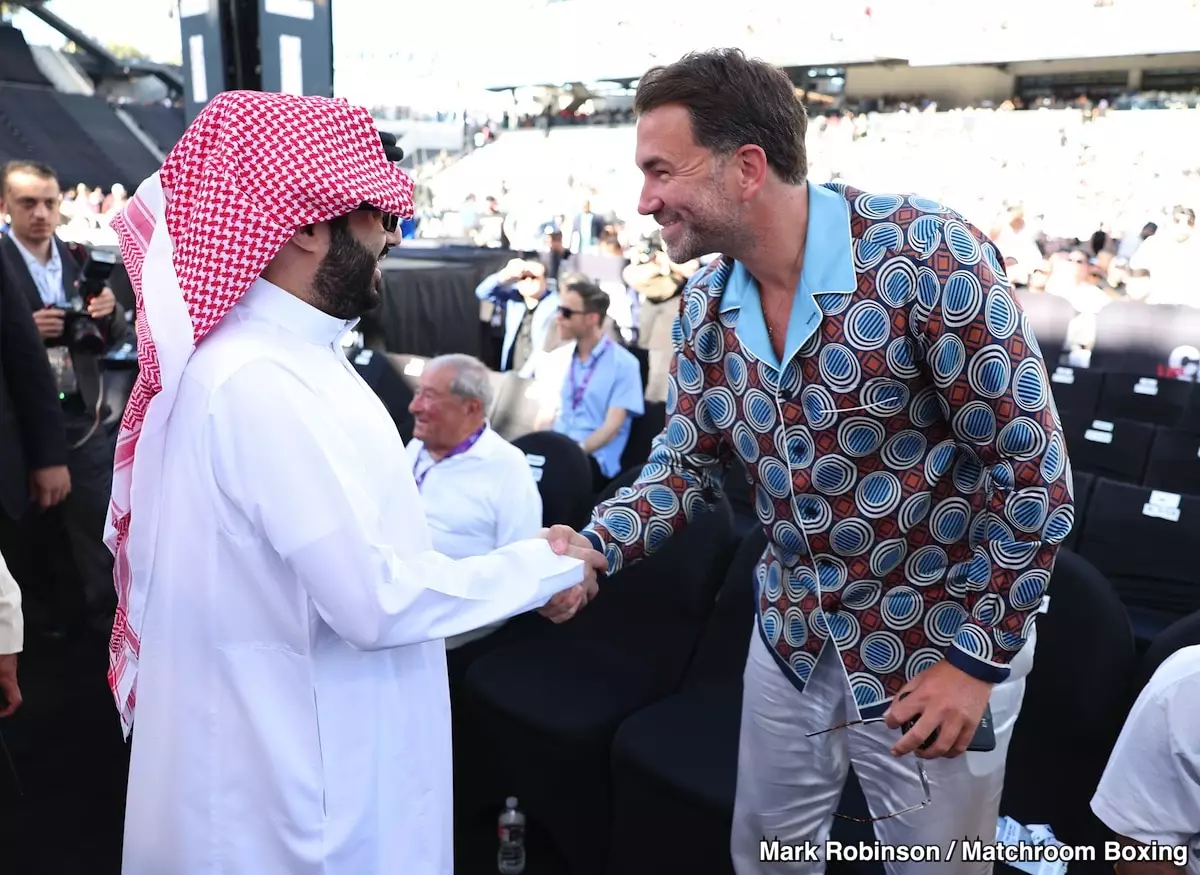BY BOXING HIT STAFF-
In a surprising turn of events, Turki Alalshikh announced on social media that he is no longer interested in making the fight between Canelo Alvarez and Terence Crawford. This decision comes at a critical juncture, as fans were eagerly anticipating this potential matchup. Alalshikh expressed his focus on making big fights for other boxers such as Jaron Ennis, Devin Haney, and Shakur Stevenson. While it is admirable to support emerging talents in the sport, abandoning a blockbuster fight like Canelo vs. Crawford raises questions about the viability of future matchups.
With Crawford likely to stay at 154 pounds and Canelo looking ahead to potential opponents after his fight with Berlanga, the boxing world is left wondering about the future of these two elite fighters. While Crawford’s decision to remain at his current weight class may make sense from a strategic standpoint, it also limits the possibility of high-profile matchups with Canelo in the near future. This development underscores the challenges of matchmaking in the sport of boxing, where external factors can significantly impact the trajectory of a fighter’s career.
Alalshikh’s emphasis on stacking the undercard of the upcoming rematch between Usyk and Fury highlights the crucial role that undercard fights play in enhancing the overall appeal of a boxing event. By showcasing rising talents and established names in the sport, promoters can generate more interest and excitement among fans. The success of a boxing card often hinges on the quality of the undercard matchups, as they contribute to the overall entertainment value of the event.
As Alalshikh plans for the AJ-Dubois and Usyk-Fury II cards, the possibility of including additional heavyweight fights raises the prospect of creating a truly unforgettable boxing experience for fans. Names like Martin Bakole, Joseph Parker, and Zhilei Zhang could potentially feature on these cards, adding depth and variety to the lineup. By leveraging the popularity of heavyweight boxing, promoters can attract a wider audience and elevate the overall prestige of the event.
In the ever-evolving landscape of boxing matchmaking, decisions like Alalshikh’s shift in focus have a ripple effect on the sport’s future direction. While promoting new talents and exploring fresh matchups are important for sustaining interest in boxing, it is crucial not to overlook the significance of marquee showdowns between elite fighters. Finding the right balance between nurturing emerging stars and delivering blockbuster fights will be essential in shaping the narrative of boxing in the years to come.
Overall, the recent developments in boxing matchmaking underscore the complexities and challenges that promoters face in navigating the dynamic world of professional boxing. As fans eagerly await the outcome of Alalshikh’s revised strategy and the lineup of upcoming fight cards, the importance of strategic decision-making and foresight in matchmaking cannot be understated. Only time will tell how these shifts in focus will impact the sport and its fanbase, but one thing is certain: the future of boxing matchmaking is anything but predictable.


Leave a Reply